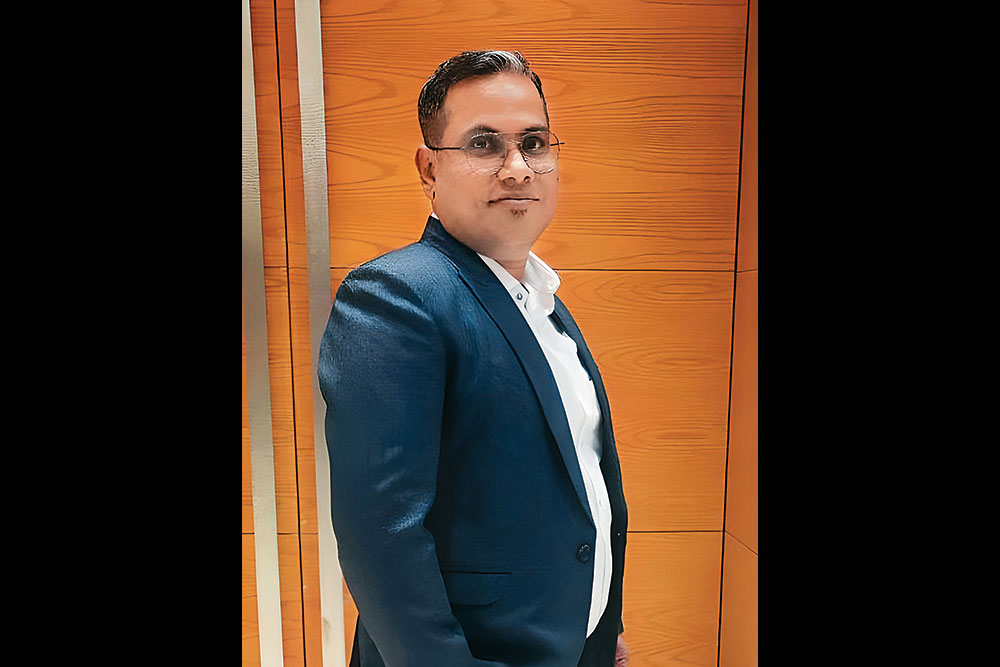Can a word embody contrasting views? Consider “retirement.” For some, it symbolizes leisure and freedom to pursue hobbies. For others, it’s a reminder of looming financial uncertainties—two diverging perspectives bound by a single term.
The very mention of retirement raises a flurry of financial concerns. From fulfilling household responsibilities to clearing debts, the term prompts us to ask difficult questions: Am I financially independent without a steady income? Have I met all my financial obligations? These questions are a jarring contrast to the monthly salary notifications one receives throughout their working years. Retirement inevitably involves three core financial aspects: disrupted cash flows, unplanned maturities, and lingering liabilities. Addressing these areas is pivotal and constitutes the first major step towards a financially stable retirement.
Planning for Retirement: Start Early
Retirement planning is most effective when it begins early. This gives ample time for a well-calibrated financial self-assessment, a crucial first step that needs to be navigated with professional guidance. Whether it’s risk profiling or cash flow analysis, this evaluation is paramount in setting up an effective retirement plan. Misjudgements in this phase can derail the entire strategy, akin to a slight navigational error, causing a ship to miss its intended destination.
Which Phase Are You In?
Financial planning for retirement is often divided into two stages: the accumulation and distribution phases. The accumulation phase emphasises risk-adjusted wealth creation. Here, equity and related assets play a vital role, although they come with market risks that must be expertly managed. On the contrary, the distribution phase is about transforming accumulated wealth into a steady income stream. This phase focuses on debt instruments and the tax efficiency of the entire portfolio. Inflation and regular withdrawals add another layer of complexity that must be strategically managed.
Building a Tailored Portfolio
Every individual’s retirement portfolio will be unique, reflecting their risk tolerance and financial goals. During the accumulation phase, if one has a higher risk appetite, diversified equity offerings could be suitable. For conservative investors, hybrid funds might be more appropriate. The distribution phase also demands a versatile portfolio, with at least one hybrid fund, to ensure a mix of stability and growth. Systematic Withdrawal Plans (SWPs) can be set up for regular income streams, providing a safeguard against dwindling finances.
In summary, retirement is a word with dual connotations. While it holds the promise of a carefree future replete with hobbies and relaxation, it simultaneously challenges us with financial concerns that require early and meticulous planning. The objective is to have a plan that ensures not just financial stability but also the freedom to live life on one’s own terms. The earlier one embarks on this planning journey, the smoother the transition into retirement will be, both emotionally and financially.
Disclaimer
The views are personal and are not part of the Outlook Money editorial Feature.
Yogendra Singh, Director, OMEGA FINANCIAL







